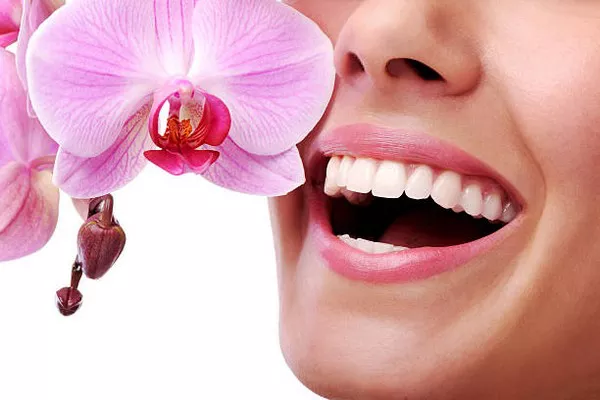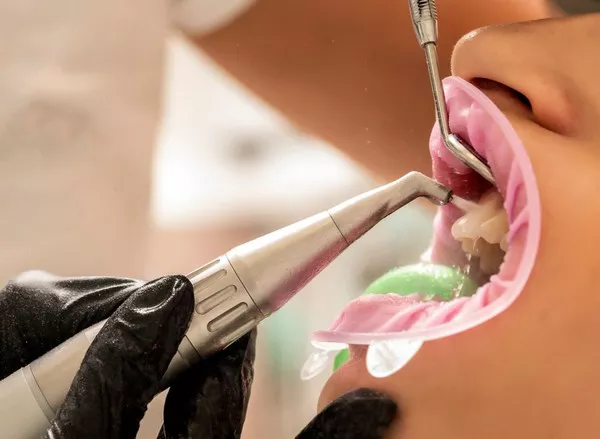Orthodontic treatment can be a transformative experience, resulting in a healthier, more attractive smile. However, wearing braces often comes with a range of discomforts, from sharp wires to protruding brackets, which can irritate the soft tissues of the mouth. Orthodontic wax is a simple yet effective solution to mitigate these issues, ensuring that patients can go about their daily lives with minimal disruption.
Purpose of Orthodontic Wax
Orthodontic wax is a specially designed product used to alleviate the discomfort caused by braces. When metal brackets and wires rub against the inner tissues of the mouth—such as the lips, cheeks, tongue, and gums—they can cause irritation, soreness, and even painful ulcers. Orthodontic wax acts as a protective barrier, covering these rough surfaces and preventing further injury.
By providing a smooth surface, orthodontic wax not only enhances comfort but also allows the soft tissues to heal. This simple intervention is crucial for maintaining oral health and patient comfort during orthodontic treatment.
see also: Unlocking the Secrets of Orthodontic Services
Application Process
To achieve the best results from orthodontic wax, it’s essential to apply it correctly. Below is a step-by-step guide on how to apply orthodontic wax effectively:
Acquire a Box of Dental Wax
Orthodontic wax is typically provided by your orthodontist, but it can also be purchased from most pharmacies. It’s a good idea to have a box on hand at all times, especially in the early stages of wearing braces.
Wash Hands Thoroughly and Brush Teeth
Hygiene is paramount when dealing with any dental product. Before applying orthodontic wax, make sure to wash your hands thoroughly to prevent the introduction of bacteria into your mouth. Brushing your teeth is also crucial as it removes any food particles and ensures that the wax adheres properly.
Shape a Small Ball of Wax
Take a small piece of wax, about the size of a pea, and roll it between your thumb and forefinger. The warmth of your fingers will soften the wax, making it easier to mold.
Roll the Wax for at Least Five Seconds
Continue to roll the wax for at least five seconds. This step ensures that the wax is soft and pliable, allowing it to form a better seal over the braces.
Locate Painful Areas
Identify the areas in your mouth that are causing discomfort. These are typically the brackets on the front teeth or sharp wires at the back of the mouth. These rough surfaces are where you will apply the wax.
Apply the Wax
Gently press the ball of wax onto the bracket or wire that is causing irritation. Mold the wax around the area, ensuring it covers the sharp or rough metal surfaces completely. If necessary, flatten the wax slightly to cover a larger area.
Avoid Using Too Much Wax
It’s important not to overdo it. Using too much wax can cause it to fall off more easily. A small, pea-sized amount is usually sufficient.
Non-Reusable Nature
Note that orthodontic wax is not reusable. Once it has been applied, it will eventually crumble and fall off due to natural movements in the mouth and exposure to saliva. Always replace it with a fresh piece as needed.
Removal and Maintenance
Orthodontic wax is designed to be temporary and will break down over time due to the moisture and activity within the mouth. Proper maintenance and removal are crucial to ensure its effectiveness and to maintain oral hygiene.
Temporary Nature
Orthodontic wax does not permanently adhere to the braces. It serves its purpose for a short period, providing relief until the underlying cause of irritation is resolved or the tissues have healed.
Does Not Stick to Teeth
It’s important to note that orthodontic wax is designed to adhere to braces, not to the teeth themselves. The wax forms a protective layer over the metal components, reducing the risk of it falling off easily while still allowing for easy removal when necessary.
Removal Tools
If any wax remains stuck to the braces or teeth, it can be removed using an interdental stick, toothpick, or floss. These tools help to gently dislodge any remnants without damaging the braces or gums.
Safety and Hygiene
Maintaining proper hygiene and safety practices is crucial when using orthodontic wax. This not only ensures the effectiveness of the wax but also helps in preventing infections and maintaining overall oral health.
Hand Washing
Always wash your hands thoroughly before handling orthodontic wax. This step is essential to avoid introducing bacteria into the mouth, which can lead to infections, especially if there are any cuts or sores.
Avoid Bacteria
Ensuring that the wax application is as hygienic as possible helps to prevent bacterial infections. Bacteria can cause further complications, prolonging discomfort and potentially leading to more serious dental issues.
Regular Oral Hygiene
Regular brushing and flossing are vital. Maintaining good oral hygiene routines helps to remove food particles and plaque, reducing the risk of irritation and infection. It also ensures that the orthodontic wax adheres better and lasts longer.
Replacing Wax
Since orthodontic wax is not reusable, it’s important to replace it regularly. Always use a fresh piece to maintain its effectiveness and hygiene.
see also: Understanding Orthodontic Treatment: Key Aspects and Considerations
Alternative Solutions
While orthodontic wax is highly effective, there are other options available for managing discomfort caused by braces:
Silicone-Based Wax
Silicone-based waxes are an alternative to traditional orthodontic wax. They tend to last longer and are less likely to crumble or fall off.
Dental Silicone
Dental silicone can be molded similarly to wax and provides a more durable barrier. It is especially useful for those who find that traditional wax does not stay in place.
Orthodontic Gels
These gels can be applied directly to the affected area to provide immediate relief from pain and irritation. They often contain soothing ingredients such as aloe vera.
Soft Dental Wax Strips
These strips are pre-cut and can be more convenient to use, offering the same protective benefits as traditional wax but in a more manageable form.
Conclusion
Orthodontic wax is a vital tool for anyone undergoing orthodontic treatment with braces. Its primary purpose is to alleviate discomfort by acting as a barrier between the metal components of braces and the soft tissues of the mouth. Proper application, maintenance, and hygiene practices are essential to maximize its benefits.
By following the steps outlined above, patients can effectively manage the common irritations associated with braces, ensuring a more comfortable and pleasant orthodontic experience. While orthodontic wax is a temporary solution, it plays a crucial role in maintaining oral health and patient comfort during the orthodontic journey.
FAQs about Using Dental Wax with Braces
1. How do you get dental wax to stick to your teeth?
To get dental wax to stick to your teeth and braces, follow these steps:
Wash Your Hands: Start with clean hands to avoid introducing bacteria into your mouth.
Prepare the Wax: Break off a small piece of dental wax, about the size of a pea.
Warm the Wax: Roll the wax between your fingers to soften it, making it more pliable and sticky.
Dry the Area: Use a tissue or a clean cloth to dry the part of your braces or teeth where you want to apply the wax. Wax adheres better to dry surfaces.
Apply the Wax: Press the softened wax onto the bracket, wire, or any other part of the braces causing irritation. Gently mold it around the area to ensure it stays in place.
2. How long does orthodontic wax stay on?
Orthodontic wax typically stays on for several hours to a full day, depending on various factors:
Eating and Drinking: Wax may come off during meals or while drinking, especially if consuming hot beverages.
Saliva: Excess saliva can cause the wax to loosen.
Mouth Movements: Talking and other mouth movements can also dislodge the wax.
It’s common to need to reapply the wax a few times throughout the day, particularly after eating.
3. Does dental wax get stuck in braces?
Dental wax can sometimes get stuck in braces, but it usually doesn’t cause any harm. If this happens:
Rinse with Water: Swish water around your mouth to help loosen and remove the wax.
Brush Carefully: Use your toothbrush to gently remove any residual wax from your braces.
Use Interdental Brushes: These small brushes can help clean between braces where wax may get stuck.
If you have difficulty removing stuck wax, you can ask your orthodontist for additional advice or tools.
4. Is it okay to sleep with wax on my braces?
Yes, it is generally okay to sleep with wax on your braces. In fact, many people apply dental wax before bed to prevent irritation and ensure a comfortable night’s sleep. To safely sleep with wax on your braces:
Apply Fresh Wax: Before going to bed, apply a fresh piece of wax to any areas that may cause discomfort.
Check for Secure Placement: Make sure the wax is securely placed and molded around the braces.
Monitor for Discomfort: If you wake up with discomfort or if the wax has fallen out, you can reapply it as needed.
You Might Be Interested In
































